Heads up – Massive Sports Tech Holiday Deals List is Live!!! The Garmin Fenix 8 is $250 off (even the Fenix 8 Pro is $100 off!), the Apple Watch Ultra 3 is on sale, the Garmin inReach Mini 2 is $249, the GoPro Hero 13 Black, DJI NEO, and a ton of other brands/deals, including Wahoo, Oura, Whoop, Polar, Samsung, Google, and more than 100 sports tech deals here!
I’m DC RAINMAKER…

I swim, bike and run. Then, I come here and write about my adventures. It’s as simple as that. Most of the time. If you’re new around these parts, here’s the long version of my story.

You'll support the site, and get ad-free DCR! Plus, you'll be more awesome. Click above for all the details. Oh, and you can sign-up for the newsletter here!
Here’s how to save!
Wanna save some cash and support the site? These companies help support the site! With Backcountry.com or Competitive Cyclist with either the coupon code DCRAINMAKER for first time users saving 15% on applicable products.
You can also pick-up tons of gear at REI via these links, which is a long-time supporter as well:Alternatively, for everything else on the planet, simply buy your goods from Amazon via the link below and I get a tiny bit back as an Amazon Associate. No cost to you, easy as pie!
You can use the above link for any Amazon country and it (should) automatically redirect to your local Amazon site.
While I don't partner with many companies, there's a few that I love, and support the site. Full details!

Want to compare the features of each product, down to the nitty-gritty? No problem, the product comparison data is constantly updated with new products and new features added to old products!

Wanna create comparison chart graphs just like I do for GPS, heart rate, power meters and more? No problem, here's the platform I use - you can too!

Think my written reviews are deep? You should check out my videos. I take things to a whole new level of interactive depth!

Smart Trainers Buyers Guide: Looking at a smart trainer this winter? I cover all the units to buy (and avoid) for indoor training. The good, the bad, and the ugly.
-
Check out my weekly podcast - with DesFit, which is packed with both gadget and non-gadget goodness!

Get all your awesome DC Rainmaker gear here!
FAQ’s
I have built an extensive list of my most frequently asked questions. Below are the most popular.
- Do you have a privacy policy posted?
- Why haven’t you yet released a review for XYZ product you mentioned months ago?
- Will you test our product before release?
- Are you willing to review or test beta products?
- Which trainer should I buy?
- Which GPS watch should I buy?
- I’m headed to Paris – what do you recommend for training or sightseeing?
- I’m headed to Washington DC – what do you recommend for training?
- I’m from out of the country and will be visiting the US, what’s the best triathlon shop in city XYZ?
- What kind of camera do you use?
-
5 Easy Steps To The Site
In Depth Product Reviews
You probably stumbled upon here looking for a review of a sports gadget. If you’re trying to decide which unit to buy – check out my in-depth reviews section. Some reviews are over 60 pages long when printed out, with hundreds of photos! I aim to leave no stone unturned.
Read My Sports Gadget Recommendations.
Here’s my most recent GPS watch guide here, and cycling GPS computers here. Plus there are smart trainers here, all in these guides cover almost every category of sports gadgets out there. Looking for the equipment I use day-to-day? I also just put together my complete ‘Gear I Use’ equipment list, from swim to bike to run and everything in between (plus a few extra things). And to compliment that, here’s The Girl’s (my wife’s) list. Enjoy, and thanks for stopping by!
Have some fun in the travel section.
I travel a fair bit, both for work and for fun. Here’s a bunch of random trip reports and daily trip-logs that I’ve put together and posted. I’ve sorted it all by world geography, in an attempt to make it easy to figure out where I’ve been.
My Photography Gear: The Cameras/Drones/Action Cams I Use Daily
The most common question I receive outside of the “what’s the best GPS watch for me” variant, are photography-esq based. So in efforts to combat the amount of emails I need to sort through on a daily basis, I’ve complied this “My Photography Gear” post for your curious minds (including drones & action cams!)! It’s a nice break from the day-to-day sports-tech talk, and I hope you get something out of it!
The Swim/Bike/Run Gear I Use List
Many readers stumble into my website in search of information on the latest and greatest sports tech products. But at the end of the day, you might just be wondering “What does Ray use when not testing new products?”. So here is the most up to date list of products I like and fit the bill for me and my training needs best! DC Rainmaker 2024 swim, bike, run, and general gear list. But wait, are you a female and feel like these things might not apply to you? If that’s the case (but certainly not saying my choices aren’t good for women), and you just want to see a different gear junkies “picks”, check out The Girl’s Gear Guide too.

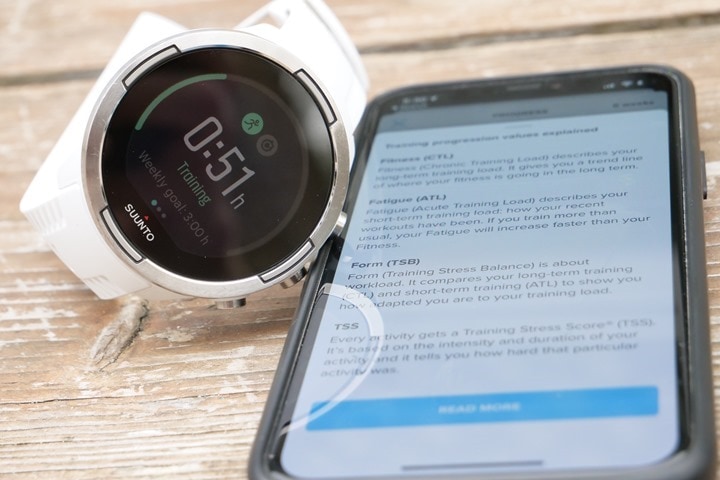
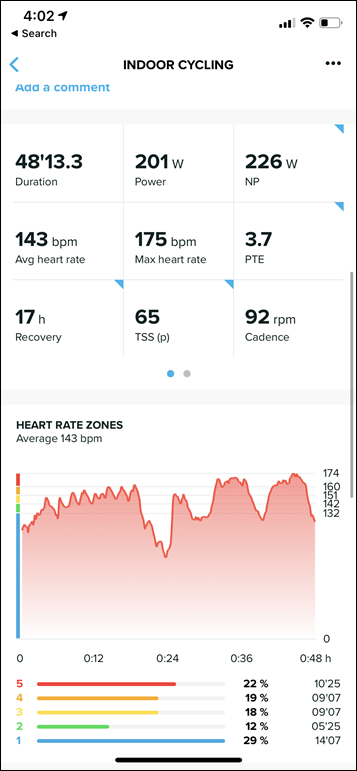
![clip_image001[6] clip_image001[6]](https://media.dcrainmaker.com/images/2021/04/clip_image0016_thumb-1.png)




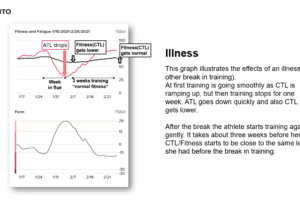

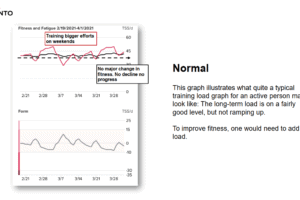
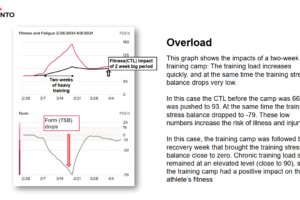
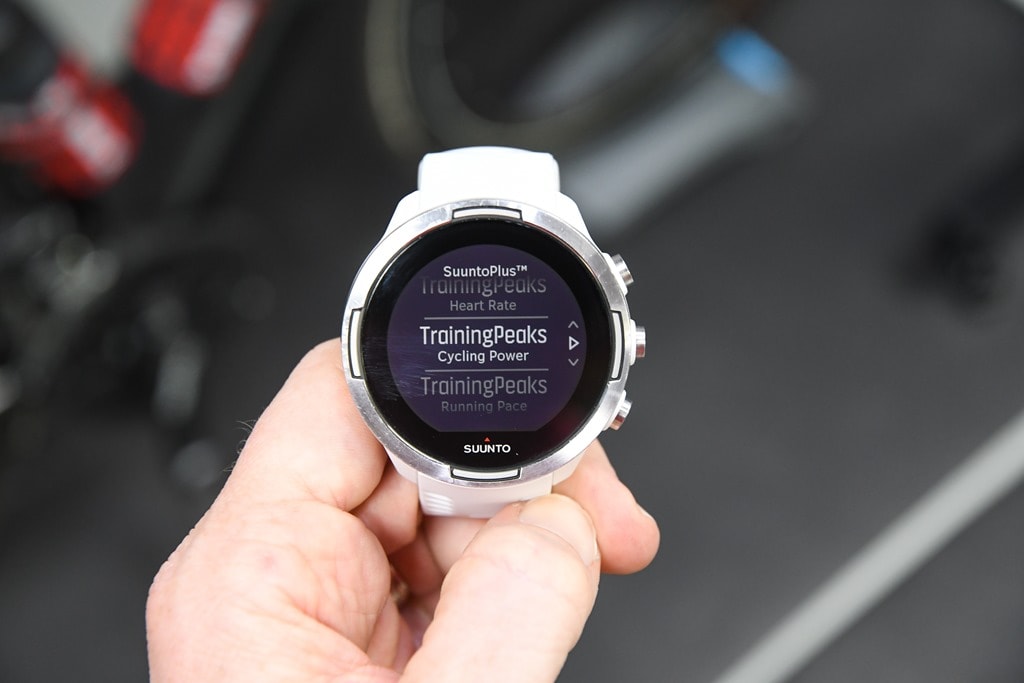





















Hi from Argentina Ray! Thanks for the info! One question. For us Ambit 3 users that cant configure pace zones we’ll see just tssHR right?
That’s roughly my understanding, but I haven’t tried it.
Well anyways I do just trail running and paces are not really useful to try to show intensity of a session, still it would be nice if there was an option to choose between hrtss and paceTss in-app since all the calculation is done in the app, could be usefull for some road days.
Very happy with the news.But not working yet, on the trainingpeaks app, I only can connect to “sync partner: suunto movescount”, but this is the old movescount, no connection with the suunto app yet.
Looking forward to the connection :)
In this case, it’s about updating your Suunto app, not the TrainingPeaks app. In fact, a connection to TrainingPeaks doesn’t matter at all.
But yes, you do need the new Suunto App, not the Movescount one.
I had to “request” this update from the Apple App Store manually. This new version is “2.3.0” (replacing v2.2.8)—works fine with iOS 14.5.
Still no VO2 nor Max Cadence (displayed on the ultra minimalist Sports-tracker site).
Personally, I *much* prefer to see these metrics on a proper website without endless swiping, clicking, zooming. Our group laments the bricking of their beloved Movescount experience without having to duck into Stava. Sad, that.
Nonetheless, many thanks Ray for pointing out these updates.
Super interesting. This is one way to bring new capabilities to older hardware without writing code for legacy devices or being compromised by technical limitations. I do wonder about the longer game here. Integration between training platforms and wearable hardware seems to be on the horizon and, potentially, a game changer. Why would Garmin/Polar/Suunto/Coros want to even operate a data platform?
Worst watch ever made. Horrible, horrible display and the customer service, I mean lack thereof, because there isn’t any is pathetic. Waste of money.
Which Suunto model you’re talking about?
I do not understand the choice of having FTP at the top of Zone 4. My training program is based on time spent in the different Z1-Z5 as defined by my coach. My FTP is within my Z4 and I do not want to change my zones. Why is Suunto not giving the possibility to enter FTP as a single value independently of the zones? I have the impression that Suunto likes to select the non-obvious route, as a consequence, I use Training Peaks and ignore Suunto’s FTP.
Yes zones are a messy thing, everyone likes their definition better and there’s really no standard, so there should be a way of setting it manually if you are so inclined. For me FTP is the end of my zone 3, more than that I’m in realm of something I can’t sustain for that long (zone 4+).
Man – you are on top of things today! Please continue to push Suunto to allow the 7 to link to a chest strap. Great and detailed wrap up. Fantastic work.
Does Suunto have a fitness and diving comp in one device, like Garmin?
Nice post Ray ! Still waiting for the update of the Suunto app in Android….. is it available for everyone or only betatesters ?
Release for general population started yesterday (4.39.1). It’ll take the usual week for everyone to get it.
Thanks for your reply Tim
Btw, Sports Tracker app , that has the same owner as Suunto, was updated recently and I noticed TSS among data fields there too. Just saying.
I feel like there continues to be a gap in UX between the watch and the app. What you see on the app is not entirely in sync with the watch: case in point is if you have both the Suunto 7 and 9 and switch between the two, your training metrics would wary between the watches but probably more up-to-date on the app. Highly annoying! Ray, any idea if this is something that is on Suunto’s radar in the near future?
I don’t appear to have received the update yet, though I do have TSS(p) and NGP showing up on the app for activities. No Progress screens or widgets
My watch gets the power reading from my Stryd footpod and I set the power zones on the watch using Stryd zone data from Power Center
Still on version 4.38.1 release 4038001
TBH though, I don’t care a lot about Suunto App – it’s just a mechanism to get my runs synced from my S9 into Training Peaks.
If you don’t want to pay for a TP Premium subscription, have a look at Final Surge.
All features are free for athletes and there’s a lot of metrics. At present there is no direct integration with the Suunto App so you have to link it through Strava, but apparently they expect to have that fixed in a few weeks.
What I would really like though is the capability to sync structured workouts from TP or FS to the watch.
Really miss them from A3P and Movesount App.
>> What I would really like though is the capability to sync structured workouts from TP or FS to the watch.
Really miss them from A3P and Movesount App.
Couldn’t agree more. I find unimaginable the risk Suunto is taking not getting structured workout sync onto their platform. I’ve been a Suunto user for over 20 years and really don’t want to move to another brand, but that is becoming increasingly difficult.
I can understand their case for holding off in the past as their “classic user base” of mountaineers and adventurers” probably weren’t doing interval workouts, but, man has that changed! Not only are these devices being used by tons of endurance athletes, but mountain sports athletes of all types have embraced the need for structured training in order to achieve maximal aerobic function. Major alpine training programs such as Uphill Athlete implement their coaching through Training Peaks. It’s no longer just triathletes and endurance nerds. I get pretty annoyed when I find myself trying desperately to memorize my workout before hitting the trails. Hoping Suunto closes this gap soon!
Ray,
do you know if that means that the files (FIT format) exported from the Suunto App will contain all that training stress score data ?
I don’t know. But, if someone wants to go digging, here’s the workout file (.FIT) as shown up in this post (the indoor workout): link to dropbox.com
Thanks for the file.
Indeed, I see it there :-) (I suppose you send me the file of the activity you mention in this article and for which the TSS is of 65)
training_stress_score 65.2
Cool!
And yup< i sent you the exact file posted in this post, just to keep things easy/simple to match up.
Still no sign of the update in NZ.
In light of Wahoo’s plans to support structured workouts on the ELEMNT Rival with Training Peaks, I wonder if Wahoo would look to license this also for training load and recovery?
Awesome again, thank you.
I have been patiently watching the App Store and the app, and still no update as of May 11.
My Google fu is not helping, and so I presume this has not yet been released in Australia.
I do fear, that I am missing something and I need to trigger the update. Any ideas?
My Android just notified me yesterday of the update and I am in the US.
Ok so I have the update now.
On the face of it it’s a good uplift to the data in the app.
However…
I run with a Stryd Footpod and I have set the running power Zones in the watch to match those in Stryd Power Center and Training Peaks. That’s all good and in the app the TSS(p) value is displayed for an activity, so it should be calculated using power but it is nothing like the value in TP for TSS. If anything it looks more like TP’s HrTSS value than either rTSS or TSS
For new users who have been training prior to acquiring the watch. When can my numbers return to normal. Suunto app keeps indicating that I am going too hard. I assume that this is due to the app not having any historical data ?